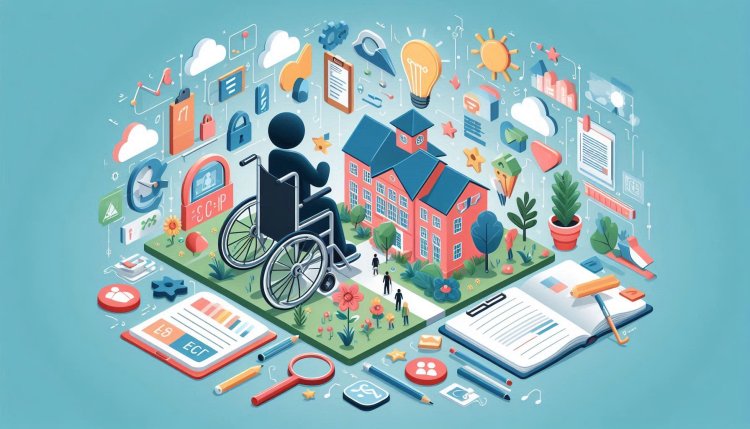Accessibility considerations in free school ERP software
"Learn about the importance of accessibility features in free school ERP software to ensure inclusivity and equal access for all users."

Accessibility Considerations in Free School ERP Software
Education plays a crucial role in shaping the future of individuals, and it is essential that educational technology is inclusive and accessible to all students, including those with disabilities. In recent years, there has been a growing emphasis on creating accessible software solutions for schools, including free School ERP (Enterprise Resource Planning) software. Here are some important accessibility considerations that developers should keep in mind when creating free school ERP software:
1. Support for Assistive Technologies
One of the most important considerations for accessibility in school ERP software is the support for assistive technologies. This includes screen readers, magnifiers, voice recognition software, and alternative input devices. Developers should ensure that their software is compatible with these assistive technologies so that students with disabilities can access and use the software effectively.
2. Keyboard Navigation
Keyboard navigation is essential for users who cannot use a mouse or other pointing devices. Developers should ensure that all features and functions of the school ERP software can be accessed and operated using only the keyboard. This includes providing keyboard shortcuts for common tasks and ensuring that the software is navigable in a logical and intuitive manner using the keyboard alone.
3. Text-to-Speech and Speech-to-Text Functionality
For students with visual impairments or learning disabilities, text-to-speech and speech-to-text functionality can greatly enhance their ability to access and interact with the school ERP software. Developers should consider integrating these features into their software to make it more accessible to a wider range of students.
4. Color Contrast and Customization Options
Color contrast is an important consideration for students with visual impairments or color blindness. Developers should ensure that the color scheme used in the school ERP software provides sufficient contrast between text and background elements to make it easier for these students to read and navigate the interface. Additionally, providing customization options for colors and fonts can allow students to adjust the software to suit their individual needs and preferences.
5. Text Size and Font Options
Students with visual impairments may require larger text sizes or specific fonts to be able to read the content displayed in the school ERP software. Developers should provide options for adjusting the text size and font style within the software to accommodate these students' needs. This can help improve readability and usability for all students, regardless of their visual abilities.
6. Alternative Text for Images and Multimedia
Images and multimedia content are commonly used in school ERP software to enhance communication and learning. However, these elements may not be accessible to students with visual impairments or those using screen readers. Developers should include alternative text descriptions for images and multimedia content to ensure that all students can understand and engage with the information presented in the software.
7. Clear and Consistent Navigation
Clear and consistent navigation is essential for all users, but it is particularly important for students with cognitive disabilities or learning difficulties. Developers should design the school ERP software with a clear and consistent navigation structure that helps students easily find and access the information they need. This can include organizing menus and links in a logical manner, providing breadcrumb trails for orientation, and using descriptive labels for navigation elements.
8. Compatibility with Screen Readers and Braille Displays
Screen readers and Braille displays are commonly used by students with visual impairments to access digital content. Developers should ensure that their school ERP software is compatible with these assistive technologies by following best practices for web accessibility, such as using semantic HTML markup, providing text alternatives for non-text content, and ensuring proper keyboard accessibility.
9. User Testing with Diverse Audiences
One of the most effective ways to ensure the accessibility of school ERP software is to conduct user testing with diverse audiences, including students with disabilities. By involving users with a range of abilities and needs in the testing process, developers can identify and address accessibility issues early on, leading to a more inclusive and user-friendly software solution.
10. Compliance with Accessibility Standards
Developers should strive to comply with established accessibility standards, such as the Web Content Accessibility Guidelines (WCAG), to ensure that their school ERP software meets the needs of all users, including those with disabilities. Adhering to these standards can help developers create more accessible and inclusive software solutions that benefit students of all abilities.
Overall, incorporating accessibility considerations into the design and development of free school ERP software is essential for ensuring that all students have equal access to education and learning opportunities. By prioritizing accessibility and usability, developers can create software solutions that empower students with disabilities to succeed in their
What's Your Reaction?

















